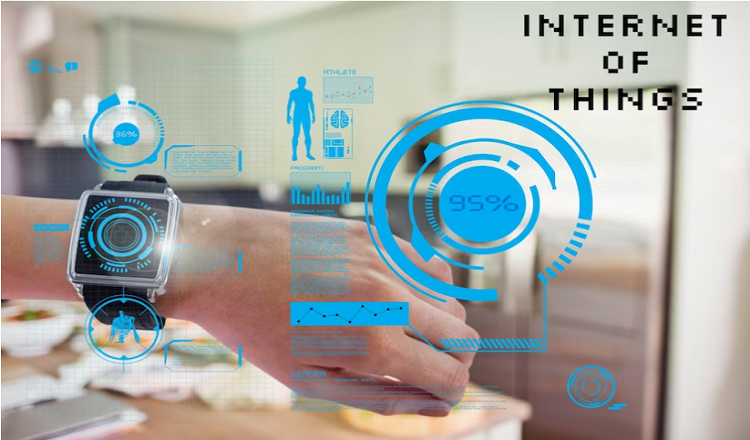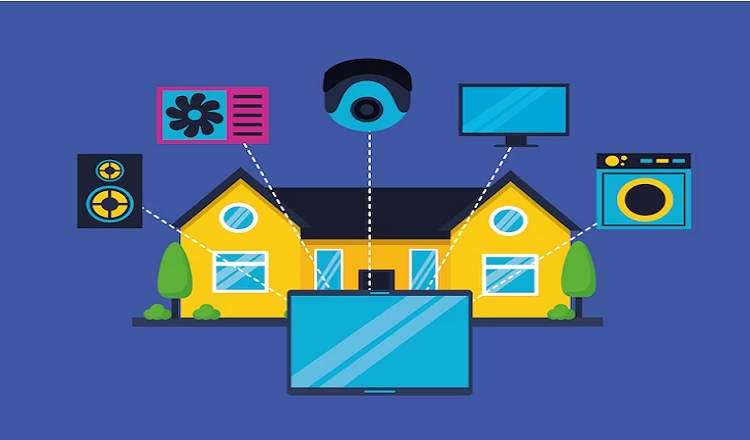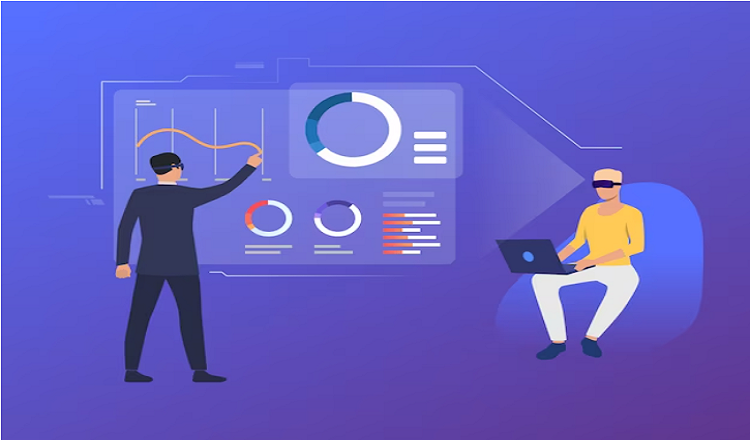The world is getting smarter by the day, and much of this is thanks to the increasing prevalence of the Internet of Things (IoT) technology. From smart homes and wearables to smart cities and industries, IoT is transforming the way we live, work and interact with the world around us. But what exactly is IoT technology, and how does it work? In this article, we will explore the basics of IoT technology and unravel the mystery behind this transformative technology.
IoT technology is all about connecting different devices and systems through the internet, enabling them to communicate with each other and share data seamlessly. By doing so, IoT technology is revolutionizing industries and businesses, enhancing efficiency, productivity, and convenience. But with so much buzz around IoT technology, it’s easy to get lost in the hype and miss out on its true potential. That’s why it’s important to understand the basics of IoT technology and how it works, so you can fully harness its power and make the most out of this rapidly growing trend. So, let’s dive into the world of IoT technology and uncover its secrets, one byte at a time!
Definition of IoT technology
IoT technology, or the Internet of Things, is an ecosystem of interconnected devices, sensors, and systems that work together to collect and transmit data via the internet. IoT technology encompasses a vast array of physical devices, from everyday household appliances to industrial machinery and smart city infrastructure. At its core, IoT technology is all about creating a seamless, intelligent network that allows devices to communicate with each other and share data in real-time.
Some examples of IoT devices and applications include smart home appliances like thermostats and security systems, wearable fitness trackers, connected cars, and medical devices. In the industrial sector, IoT technology is used to monitor and control machinery and systems, improve safety, and optimize efficiency. Additionally, IoT technology is being used in smart city projects to manage traffic, reduce energy consumption, and improve public safety. The possibilities of IoT technology are endless, and its impact is being felt in virtually every industry and aspect of our lives.
Components of IoT technology
IoT technology is made up of several key components, each of which plays a crucial role in its functioning. These components include sensors, devices, networks, cloud platforms, and applications.
Sensors are the eyes and ears of IoT technology, capturing data from the physical environment and transmitting it to connected devices. Devices, in turn, process this data and act on it, making decisions and performing actions based on the information received. Networks connect these devices and allow them to communicate with each other, while cloud platforms store and manage the data generated by these devices. Finally, applications enable end-users to interact with the data and control the devices remotely.
Each of these components is essential to the functioning of IoT technology, and their integration enables the creation of powerful and intelligent systems that can improve efficiency, productivity, and convenience in a wide range of industries and applications.
How IoT technology works
IoT technology works by collecting data from sensors, processing and analyzing it, and then taking actions based on the insights generated. This data is collected from a wide variety of sources, including temperature sensors, cameras, motion detectors, and more. Once collected, the data is processed and analyzed using cloud platforms and machine learning algorithms, which can identify patterns and insights that would otherwise be difficult to discern.
All of these different components work together seamlessly to provide a user-friendly experience. Data is collected by sensors, transmitted to devices, and then processed by cloud platforms, which provide real-time analytics and insights to users. Users can then interact with the system using applications, which allow them to control the devices and access data from anywhere in the world.
A great example of IoT technology in action is smart home systems, which can be used to control everything from lighting and temperature to security and entertainment systems. In a smart home scenario, sensors collect data from the environment, which is then transmitted to a central hub or cloud platform. The user can then interact with the system using an application, controlling the various devices and accessing data from anywhere with an internet connection.
Advantages of IoT technology
IoT technology offers several advantages that have transformed industries and businesses around the world. One of the key advantages of IoT technology is increased efficiency, as it enables devices and systems to communicate and work together seamlessly, reducing the need for human intervention. Additionally, IoT technology can be cost-effective, as it can help optimize resource usage, reducing waste and costs. Finally, IoT technology can enable improved decision-making, as it provides real-time data and analytics that can help inform business strategy and operations.
IoT technology is transforming a range of industries, from manufacturing and logistics to healthcare and agriculture. For example, in the manufacturing industry, IoT technology can be used to optimize supply chains and production lines, reducing downtime and improving efficiency. In healthcare, IoT technology can be used to monitor patients remotely, improving patient outcomes and reducing the need for hospital visits. These are just a few examples of how IoT technology is changing the world, one byte at a time.
Challenges of IoT technology
While IoT technology offers many benefits, there are also some significant challenges and drawbacks that must be addressed. One of the biggest challenges is security, as IoT devices can be vulnerable to cyberattacks and data breaches. Additionally, privacy concerns can arise when personal data is collected and transmitted through IoT devices. Another challenge is the need for interoperability, as there are many different devices and platforms that may not be compatible with each other.
To address these challenges, it is important to implement robust security measures, such as encryption and two-factor authentication, to protect sensitive data. Privacy can be addressed through clear and transparent data collection policies, and by ensuring that users have control over their personal data. Finally, interoperability can be improved by establishing industry-wide standards and protocols that allow different devices and platforms to communicate and work together seamlessly. By addressing these challenges, we can help ensure that IoT technology continues to evolve and improve our lives.
Future of IoT technology
The future of IoT technology is incredibly exciting, with tremendous potential for growth and expansion. Experts predict that the number of IoT devices in use will continue to grow exponentially in the coming years, as more and more industries and businesses adopt this technology. Some of the emerging trends and applications of IoT technology include the use of machine learning and artificial intelligence, which can help automate and optimize various processes, and the integration of IoT with blockchain technology, which can help enhance security and privacy.
Other exciting applications of IoT technology include the use of sensors and connected devices in smart homes and cities, which can help reduce energy consumption and improve the quality of life for residents. As IoT technology continues to evolve and improve, we can expect to see even more innovative applications and use cases emerge, transforming the way we live and work.
Conclusion
In conclusion, IoT technology has revolutionized the way we live and work, and has become an increasingly prevalent part of our daily lives. We have discussed the definition of IoT technology and the various components that make up the system, as well as the advantages and challenges of this technology. It is clear that IoT technology offers many benefits, such as increased efficiency, cost-effectiveness, and improved decision-making, but it also presents significant challenges, such as security concerns and privacy issues.
It is crucial to understand the basics of IoT technology and how it works, as this technology is set to become even more prevalent in the future. By having a basic understanding of IoT technology, individuals and businesses can take advantage of the benefits it offers, while also being aware of the potential risks and drawbacks.
As a key takeaway, we encourage readers to stay informed about the latest developments in IoT technology, and to be mindful of the potential security and privacy concerns that may arise. By taking a proactive approach to these issues, we can ensure that the benefits of IoT technology are fully realized, while also mitigating any potential risks.




